by TeAnna, Exhibits Intern
Back at my parent’s house, you can find a grey, one gallon storage tub in the attic. This tub is essentially a cloth time capsule of my childhood. Every soccer, basketball and softball jersey, t-shirts commemorating the different camps I attended, my collection of dance shirts and costumes that started accumulating when I joined my high school’s dance team. There are even some fundraising shirts from both high school and middle school, as well as the community. If my grandchildren ever stumble across this dusty tub, I wonder what they would think? Would Doernbechers’ Kids Making Miracles fund-raising program still exist? Or would my five shirts, of different sizes and colors, no longer have any significance? I would hope that at least one of my future grandchildren would have the same curiosity as I have, and research the background of these shirts and the rest of the tub.
So what happens when children or grandchildren find commemorative clothing, such as a sports jersey or baseball cap? Well, in some cases they end up in the local archives, such as the Willamette Heritage Center. Sometimes, the original owners donate the clothing articles themselves, either for fear that they will eventually get tossed out, or because they do not know what to do with them anymore. Believe it or not, these clothing articles that seem to no longer hold a purpose, are actually preserved historical artifacts.
This basketball jersey, on the left, was both worn and donated to the Willamette Heritage Center by Ed Austin. Salem Tech, or Salem Technical-Vocational School, was the precursor to Chemeketa Community College. Originally operated by Salem Public Schools, Salem Tech was open full-time in 1957. By late September of 1969, the residents of the mid-Willamette area voted to make Salem Tech a community college to serve both the city of Salem and surrounding areas. In December 1969, the name of this new community college changed to Chemeketa Community College. Based on this information, the basketball jersey dates to between 1957 and 1969, creating a much narrower and realistic time span to work with. This clothing article attests to the brief history and existence of Salem Technical-Vocational School. With its entire existence contained within such a small time span, it is easy to forget important, local history such as Salem Tech.
However, not all clothing items are this easy to date or understand the purpose of, and it becomes even more difficult when there is not much in the archival record. An example of this would be the outfit to the right. According to the archival record, this clothing set is from the 1900s and belonged to the donor’s grandmother: Alice Judson French, daughter of Robert French who was the stepson of Reverend David Leslie, a member of the original Methodist Mission.
While the owner of this clothing piece belongs to quite a historical legacy, it appears this piece is a little bit “unnatural”. Not to say anything bad about the outfit, but it appears too bright and extravagant to belong to the 1900s, especially out west in Oregon. Could it be that the dress is not from the early 1900s, but rather, later in the century?
It’s form-fitting appearance matches the style of the 1900s, but the bright blue color and added plaid does not. Is it possible that this outfit was a costume of some sort? Granted, I could be wrong. Due to a lack of archival clues, we do not know if this was, in fact, a normal day to day outfit Mrs. Judson would wear, thus adding a new level of complexity to the style of the 1900s. Or if this could have been a costume for a celebration Mrs. Judson took part in. Considering that this clothing set was donated long after Mrs. Judson’s passing, it is very doubtful that we will learn anything further on these pieces. Without any knowledge of the purpose or time period of this outfit, its only historical significance at this point is its tie to Revered David Leslie and Robert French. For now, we can only speculate.
For those, like me, who have jerseys or t-shirts in old storage tubs, consider writing an explanation (purpose) and date for each clothing article and include it in the tub. Consider doing it for your parents and/or grandparents boxes of clothing as well, or other objects too. By writing all this information down now, in the future, researchers and archivists won’t have to guess, they will know, and your contributions will help develop and define a better understanding of the time period in which you grew up.
If you have any questions, comments, or more information on this post or the displayed artifacts, please comment below!



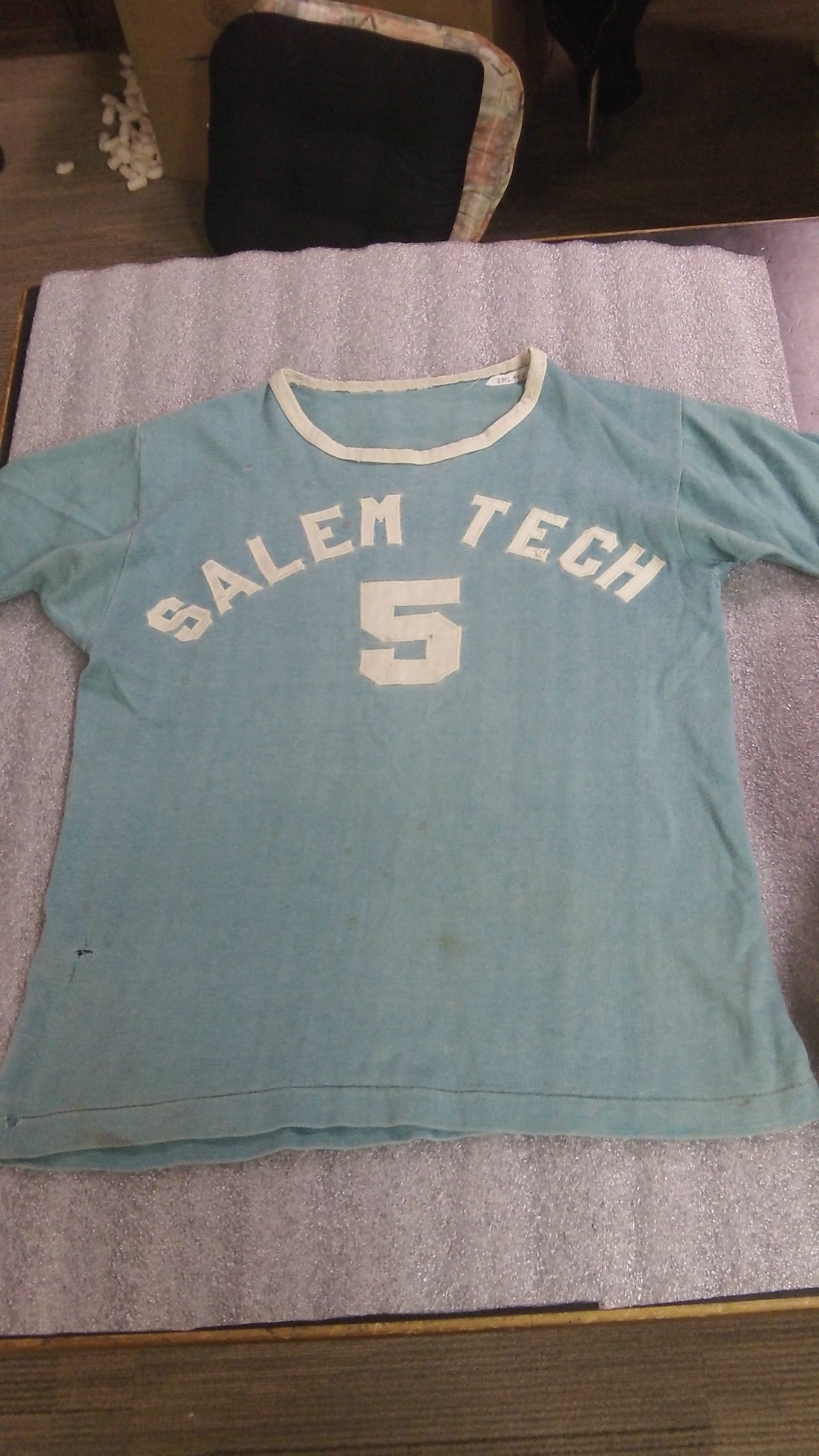
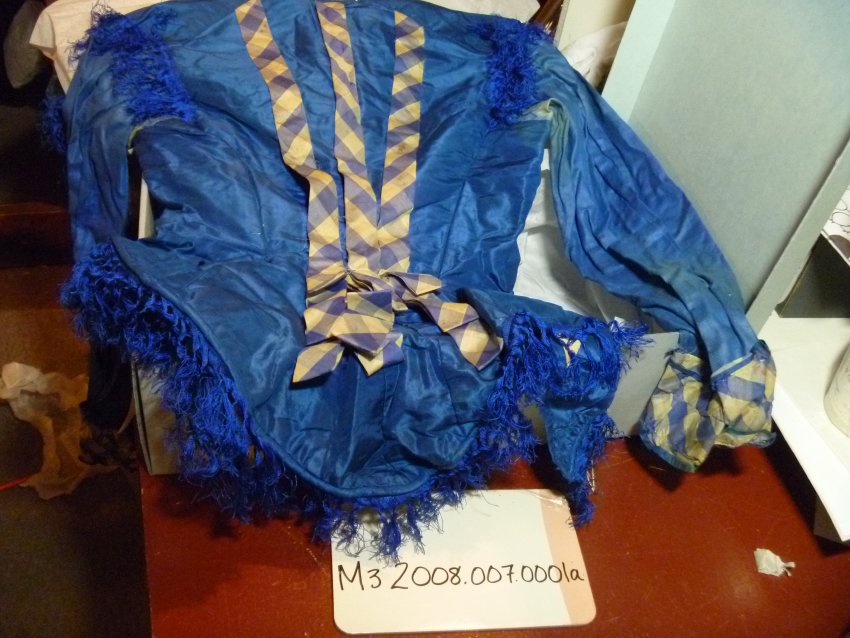
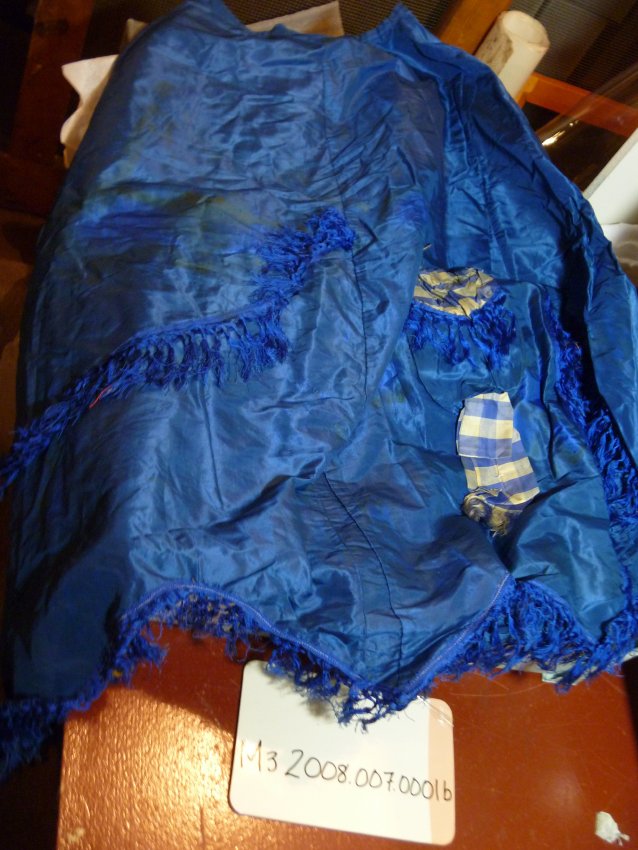
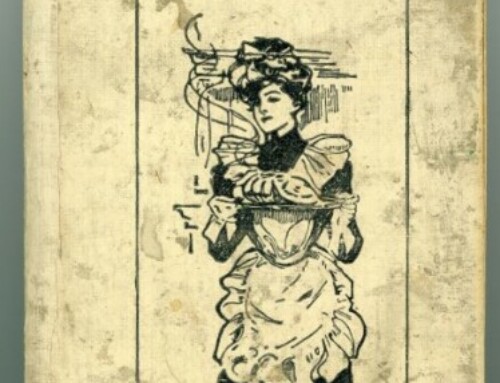
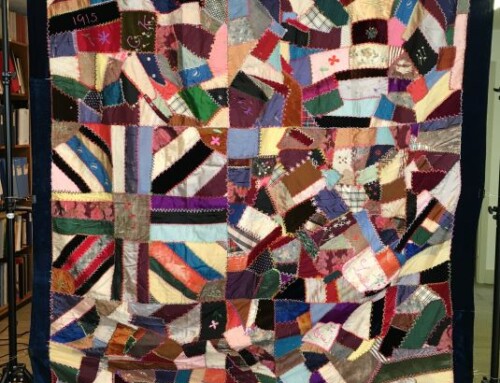
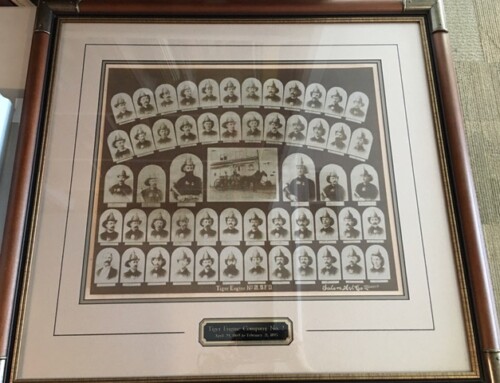
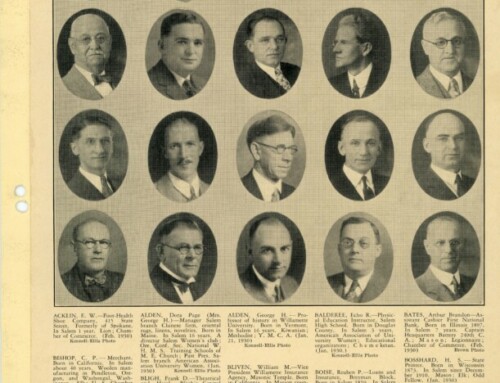
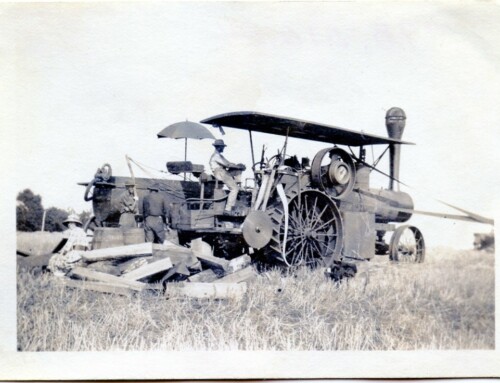
A very interesting post and a good recommendation! My daughter has so many T-shirts from various schools, camps and causes; not to mention Girl Scout regalia. Is there much scouting uniforms etc. in the collection? That could be an interesting project for a local troop.
As a former Girl Scout, I am surprised at how little there is- from both the Girl Scouts, Boy Scouts and any other similar organization. There are two pins from the Boy Scouts of America and one hat from the Campfire Girls, which is now Camp Fire.
I remember the amount of t-shirts and headbands I got when I was a Girl Scout (oh so long ago) and I could never figure out what to do with them. Donating them would be a great idea and a great community project! Not only will it clear up some space, but it will be putting those shirts to great use!